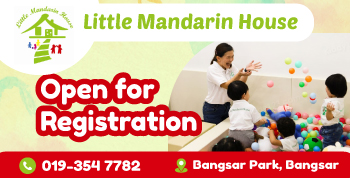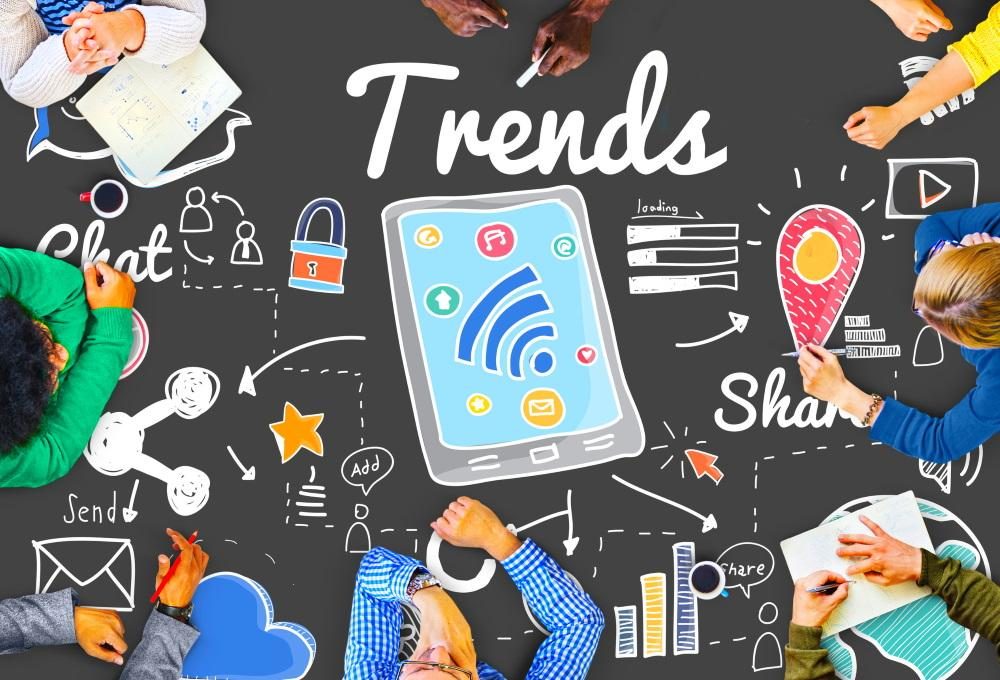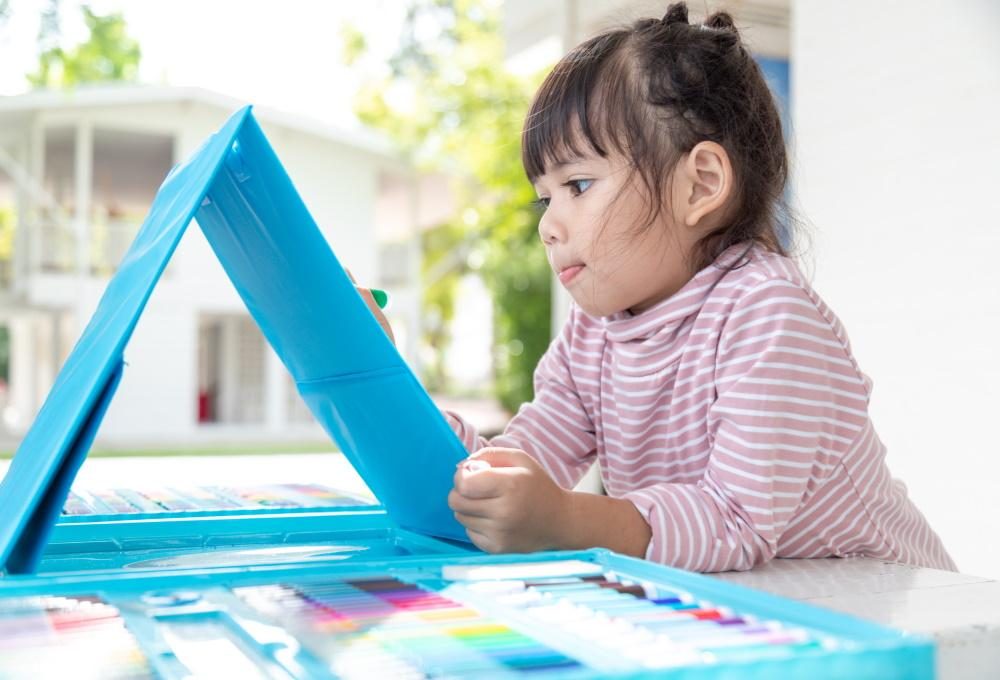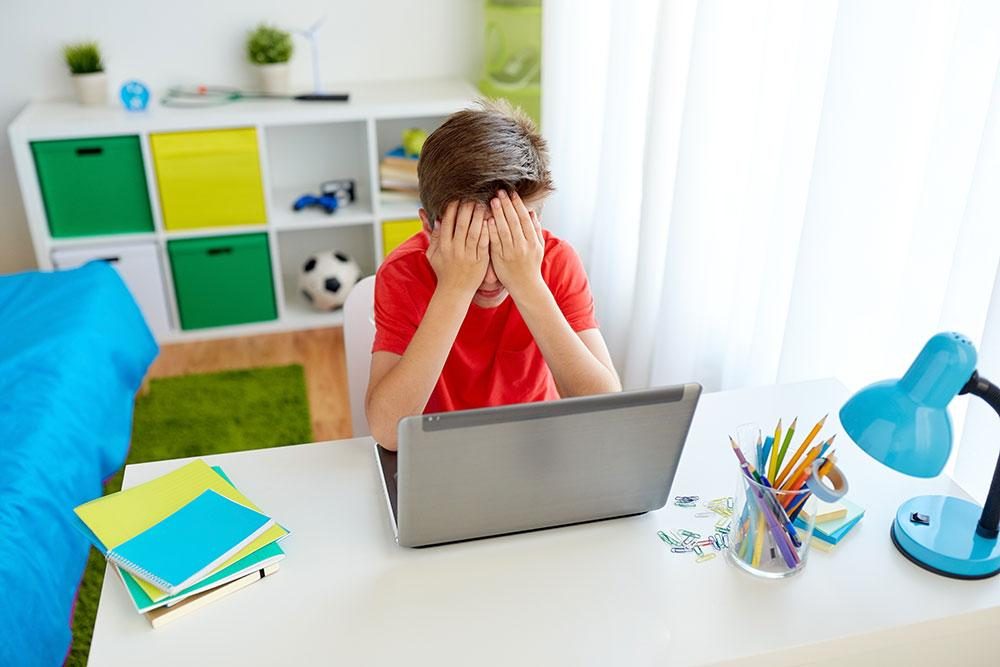What’s Next? Educational Trends After COVID-19
by on 02/08/2025 ...

COVID-19 has forced students to learn from home for the first time ever in their lives, while teachers had to re-evaluate their teaching methods as they conduct lessons from home.
Only time can really tell what it will look like post-pandemic, but some of the changes in education that were caused by the coronavirus might be here to stay.

Here’s a look at the likely future of education:
1. Growth in blended learning
We could see more courses being delivered in a blended format that uses online materials to supplement classroom learning. Students will work on more online exercises and watch instructional videos during their own time; classroom time will be spent on discussion, problem-solving and other practical exercises. A growing number of online learning tools will be integrated into the learning management system to make learning more accessible and flexible.
This will require a re-thinking of pedagogical approaches, course design and classroom layouts in order for successful blended teaching and learning to be carried out.
2. Focus on skills-based learning
More emphasis will be given to soft skills such as critical thinking, problem-solving, adaptability and resilience starting from the preschool years. Exposing students to learning experiences that can help strengthen their capabilities to adjust during critical times of crisis will be deemed more important than academic learning.
3. Increased use of open educational resources
Both educators and students will be able to access an even wider variety of digital content, free of charge, from multiple online sources.
Open educational resources in the form of textbooks, lesson plans, assignments, videos, training materials and many other formats will save educators a lot of time and effort when it comes to resource development. Many such resources come with accompanying interactive activities that can advance students’ learning inside and outside the classroom.

4. New forms of assessment
Educators will need to modify traditional assessment methods and embrace new digital tools to gauge students’ understanding in hybrid learning environments. When in virtual classrooms, quick checks like thumbs up/thumbs down and hand signals can help educators make sure students are grasping key concepts.
Other digital assessment tools like collecting students’ responses to quizzes created on Google Forms, coordinating graphs of their answers with Plickers cards or visualising responses submitted by the class on Poll Everywhere are great for educators to know more about students’ strengths and weaknesses. Many of these tools are designed to share the results on a big screen, which can then spark an open class discussion and provide instant feedback on the assessment.
5. Commitment to end digital divide
The shift to online learning highlighted the fact that many children do not have stable internet access at home and most cannot afford reliable digital devices (tablets and laptops) needed to continue learning when schools are closed. They have to rely on computers in community centres and local libraries to attend lessons, or just miss out and be left behind.
If we were to leapfrog to a truly digital economy, schools will have to readjust strategies and work with the community to address this digital divide.



































